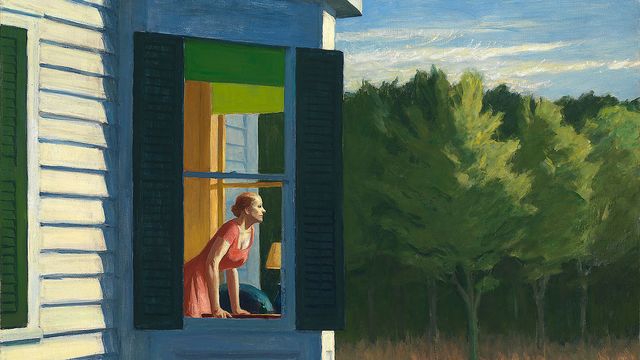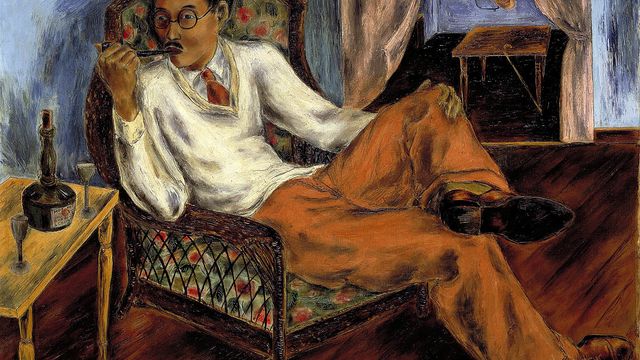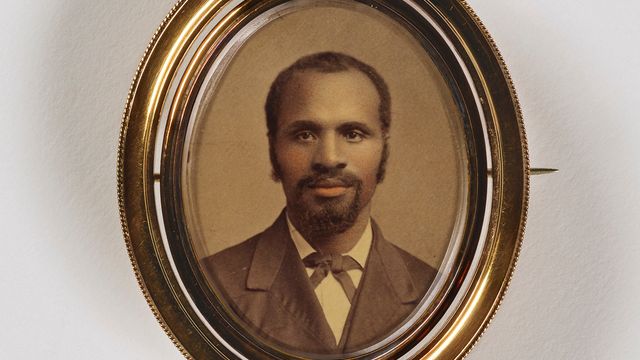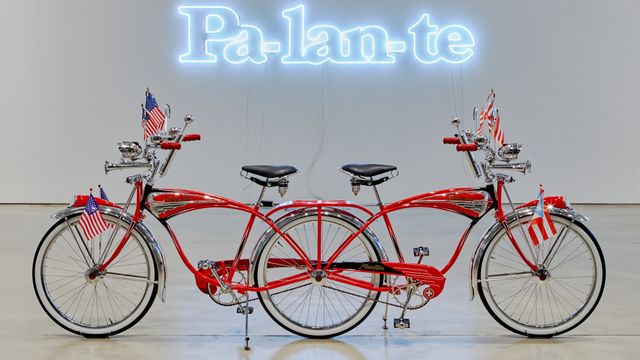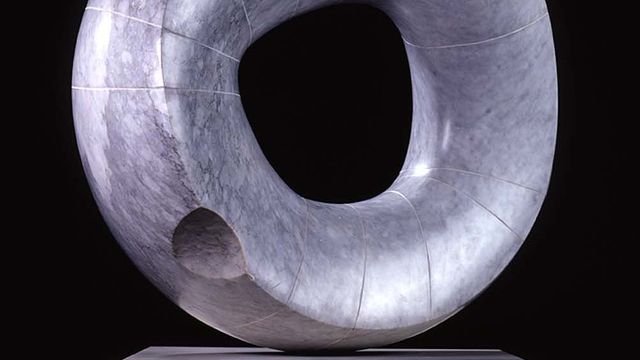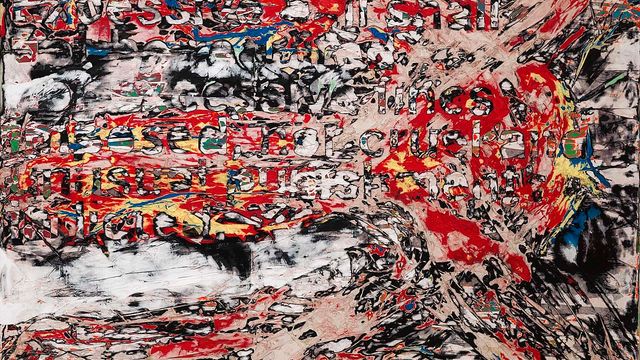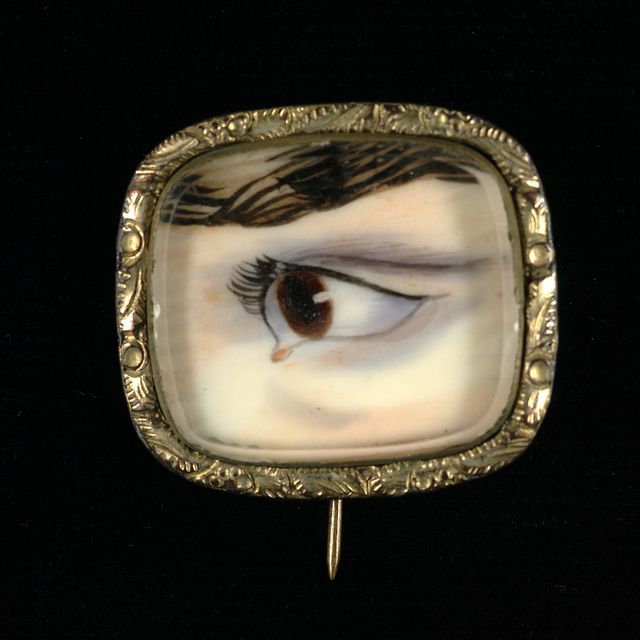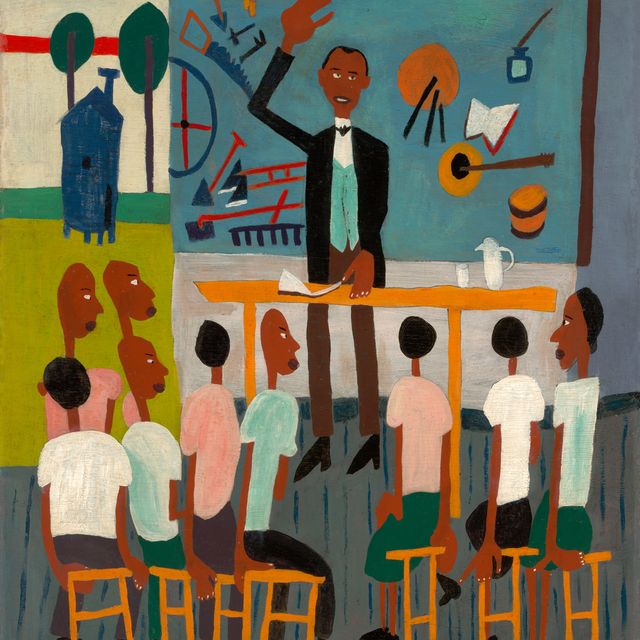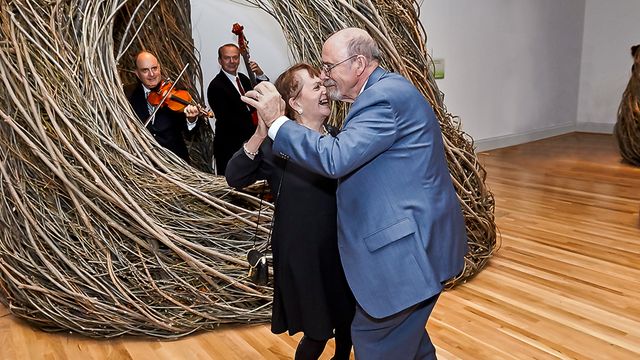Artwork Details
- Title
- Jungle Bloom II
- Artist
- Date
- 1956
- Location
- Dimensions
- 31 1⁄8 x 29 x 14 1⁄2 in. (79.0 x 73.7 x 36.8 cm)
- Credit Line
- Gift of Mrs. Susan Morse Hilles
- Mediums
- Mediums Description
- Monel metal with brazed nickel-silver
- Classifications
- Subjects
- Abstract
- Object Number
- 1977.2.4
Artwork Description
During the 1950s, Seymour Lipton became more resigned to the idea that violence and death were unavoidable aspects of life. He moved away from the darker themes of struggle and conflict that had dominated his work, and began to explore plant forms. Inspired by the constant regeneration of nature, he molded sheet metal to represent the layers of growth that are found in all natural forms. In Jungle Bloom II the textured spirals and curves of metal evoke unfolding petals or leaves. The piece balances on a single point, creating a sense of weightlessness despite the thick layers of metal.



